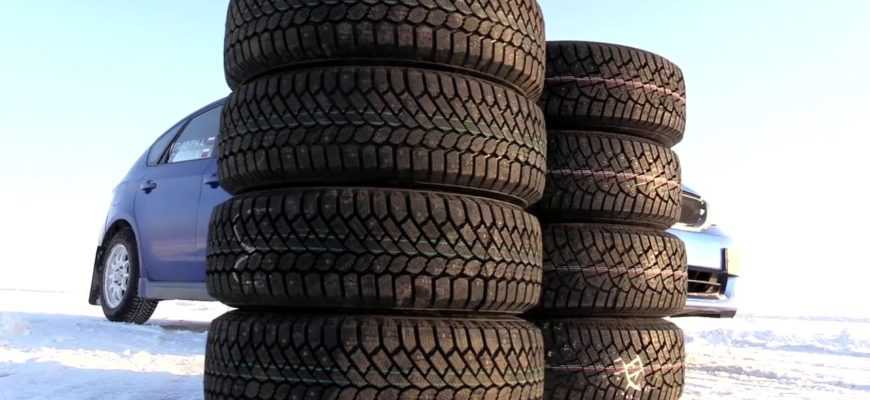Do I need to buy winter tires or can I just get snow chains?
What the heck is siping?
When do I have to have studded tires and when will studless do?
If you’re wondering how to pick the right tires for winter, or whether you need them at all, here are answers to the eight most common questions about winter tires.
(A lot of people still call tires used in the cold months “snow tires,” but it’s more accurate to call them “winter tires.” For purposes of this article, we use both terms to mean tires designed for winter driving.)
Winter tires are important for safe driving if you live somewhere that gets snow, ice, sleet or freezing rain and temperatures of 40 degrees or colder. They’re also the right option if you routinely make trips through snow zones or the mountains during the cold months.
Learn about the difference between all-season tires and snow/winter tires here.
Some all-season tires have an M+S rating. This stands for mud and snow. These tires have a more aggressive tread design to deliver better traction in a variety of conditions using larger tread blocks and wider gaps between them. The purpose of these tires is to achieve optimal tire life along with good performance in most weather conditions.
But it doesn’t mean they’re adequate for winter driving. In slick conditions, they don’t deliver the traction, control and short stopping distance that you get from a snow tire.
If you want safer driving on packed snow or ice, look for tires made with the right compound and branded with the Mountain Snowflake. This means they’ve actually been tested and certified to perform in winter conditions.
 “I have all-season tires, so I don’t need snow tires. Right?”
“I have all-season tires, so I don’t need snow tires. Right?”Wrong. Don’t believe it? See this driving comparison between all-season and snow tires.
If you’re driving on snowy or icy roads, only winter tires will give you good stopping ability and secure handling. This is because they’re built very differently. How?
Different compound. Summer and all-season tires are made with a stiffer rubber compound. This helps the tire retain its shape when it’s rolling on hot pavement. Winter tires are made with hydrophilic (that’s “water-loving”) rubber which stays softer and more pliable in winter weather. This more flexible rubber is one reason you get more traction on snow and ice.
Another reason is tread design. Winter tires have a higher “void-to-lug” ratio, meaning there are larger grooves between the blocks of tread (the lugs). The tread blocks also have irregular, sharp edges.
When a tire with wide grooves and biting edges travels over packed snow, it cuts through and scoops some of the snow into the voids on the tire surface, allowing the tread to stay in closer contact with the road.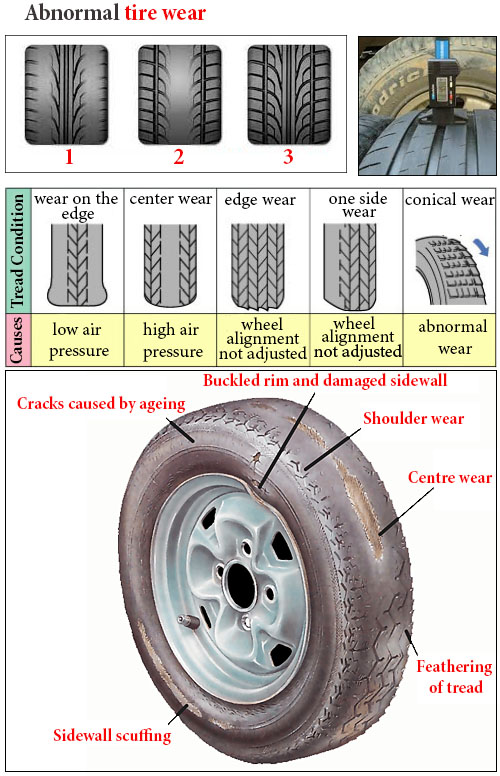 Then the velocity of the tire ejects this snow from the grooves. This is how winter tires provide more aggressive traction than all-season tires.
Then the velocity of the tire ejects this snow from the grooves. This is how winter tires provide more aggressive traction than all-season tires.
Most snow tires are already siped, with small patterned slits on the lugs that create extra edges for better road grip. Additional safety siping can be done for a fee on new or used tires. If you’re regularly traveling on slick roads, the added traction from custom siping is a good way to improve starting, stopping and rolling traction.
Before you jump on that set of “lightly used” winter tires on Craigslist, do three quick checks. First, verify they’re the right size. You can look in your vehicle owner’s manual or right on your existing tires’ sidewall close to the rim for the series of numbers. (Here’s a primer on what they all mean.) If you’re not sure the tires you’re considering are the correct size, call a tire dealer and make sure.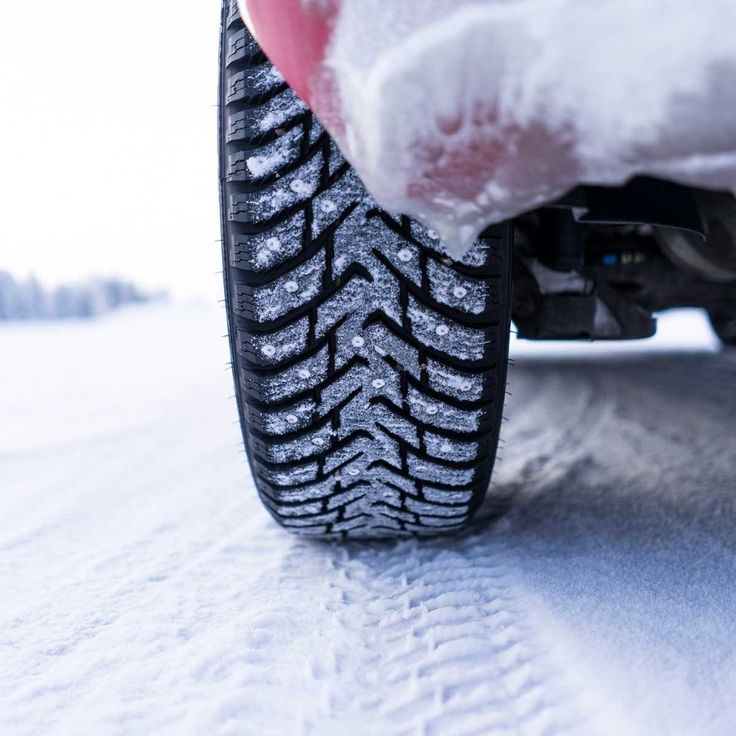
Second, measure the tread depth by using a tire tread depth gauge. You can pick one up at any auto parts store for under five bucks. Or have a tire store tech do it; it should be free. Take measurements in multiple places in the grooves on each tire.
A new tire typically has 11/32nds of an inch in tread depth. A rule of thumb is that if there are 6/32nds of an inch or less in tread remaining on a winter tire, it’s about to lose a good deal of snow performance. So think carefully about whether you’re going to get what you’re paying for.
Third, be sure there’s not a problem with uneven wear. Did your tread gauge measurements show any tread depth difference between the four tires? It’s really common for tires to wear differently over time. If the disparity between any two tires is more than 3/32nds of an inch, pass on those used tires. Driving with mismatched tires or putting the wrong size on your vehicle will NOT save you money in the long run. You’re risking big repair bills for your transmission.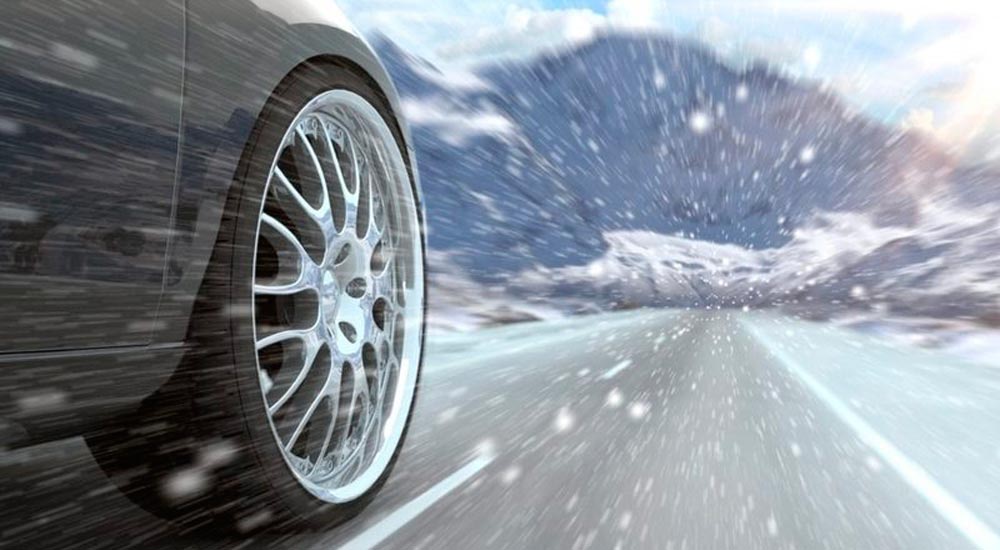
It’s also a bad idea to put winter tires on only the front or back. This creates a big difference in traction between your axles. And this will mean less steering control, not more.
Tire chains can be important — and are sometimes required — for traction when you’re traveling in the mountains or on icy roads. But they’re not made for driving at highway speed or on bare pavement. You risk damaging your chains if you try this.
Don’t think of chains as a substitute for winter tires but as an option you need to have ready when you’re driving on snow.
Depending on the conditions and your state’s rules, traction controls in snowy areas will range from requiring only the minimum — like M+S tires on the drive axle — up to chains on all tires, including all-wheel and four-wheel drive vehicles. Here are California’s chain controls, for example.
The tire dealer will consider your driving habits, where you’re traveling and typical winter conditions in your area when recommending what you need.
Studless snow tires work well on slush and packed snow. They get traction through wide, deep grooves and lots of irregular surfaces with sharp edges. This allows the rubber to cut through snow and grip the road.
Studded tires provide the best traction you can get, even when you're encountering ice or packed snow. Studs are lightweight, small metal spikes that are staggered across the tread. They help break through packed snow and ice-covered roads to give you better traction. Note: Extra tread depth is needed to accommodate studs, so studded tire size options are limited. Also, the times of year when studded tires are allowed on the road vary by state. Here’s a guide to studded tire regulations.
It’s a question of time and money. Here’s a way to decide:
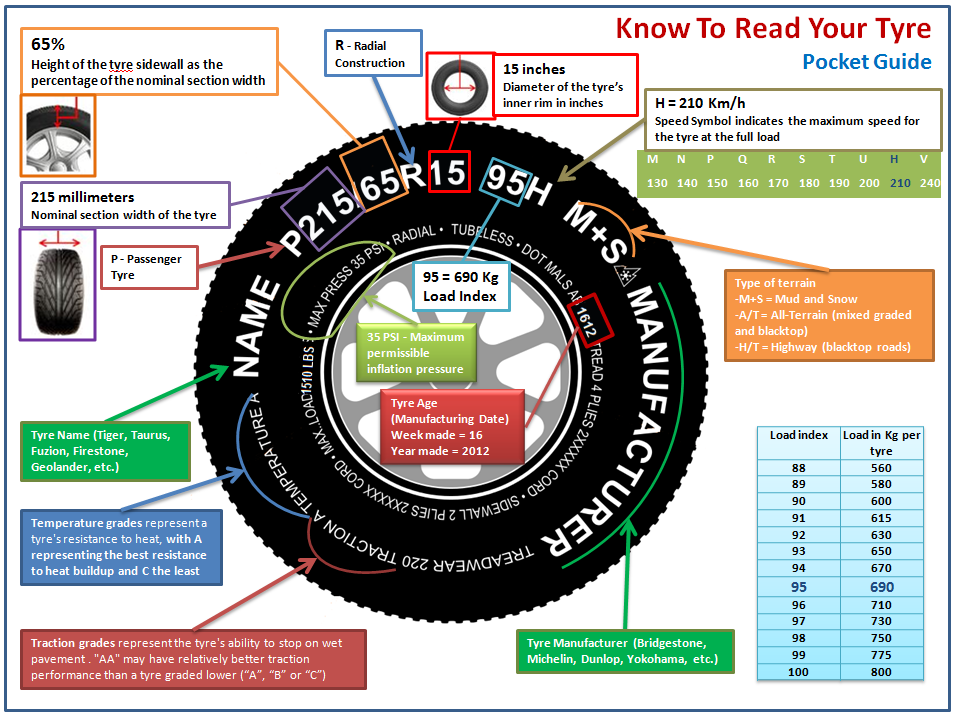 (Les Schwab will swap out tires purchased at our stores at no charge if they’re mounted on separate wheels.)
(Les Schwab will swap out tires purchased at our stores at no charge if they’re mounted on separate wheels.)Also consider the extra wear and tear on your tires that comes with unmounting and remounting tires on only one set of wheels. Especially with low-profile tires, it’s not uncommon for an inexperienced tire tech to damage the inside edge of a tire near the beads, the places where the tire gets pried off and pushed back on.
If you’re leaning toward separate wheels for your winter tires, here are some tips on selecting the best wheel finishes for winter conditions.
Check out tests from the Tire Industry Association in this video to see what the difference winter tires can make.
Some all-season tires are marketed as working equally well in summer and winter. That may be true in dry, mild climates where the seasons don’t vary much. But you’ll only get confident traction, braking and control on snow and ice with a winter tire. If you live in a place with winter weather, you’ll need tires marked with the Three-Peak Mountain Snowflake for safest handling. Because not all tires with a mountain snowflake have a winter compound, ask your tire dealer what you really need.
Want more tips on winter road safety? See 19 Winter Driving Resources You Can’t Do Without.
SHOP WINTER TIRES
Winter is officially here and that means it’s time for winter tires. It might seem like a great expense—if the tires on my car weren’t made for all seasons, why do they call them all season tires?—but trust us, they’re worth it.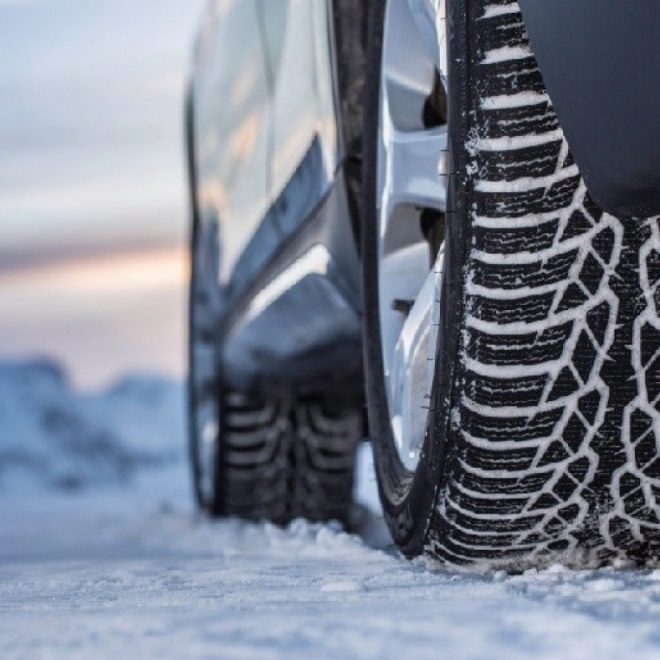 Really. Not sure which kind is best? Here’s what you need to know before buying some.
Really. Not sure which kind is best? Here’s what you need to know before buying some.
Booming sales of crossovers and Subarus of all kinds are strong evidence of how many drivers on the road these days that seem to think that all- or four-wheel drive will save them on snow and ice. They go buy an all-wheel drive SUV, slap on a set of all-season tires and go about their merry way.
And while all-wheel drive can make you feel invincible while you’re trundling down Main Street or around the parking lot, the truth of the matter is that an all-season tire will never beat out a winter tire in stopping and turning during slippery conditions. As Ron Margadonna, a senior technical marketing manager at Michelin with an extensive background in winter tires, puts it, “Your mobility is only as good as the tires you’re driving on.”
A tire’s basic job is to keep the car controlled and on the road. You can have any kind of tire you want (summer, all-season or winter), but their usefulness is broken down into three characteristics, explains Woody Rogers, Tire Rack’s director of tire product information. They are:
They are:
Winter tires will have an optimized tread pattern for low-traction situations. They also must have a sufficient tread depth to clear through slush or snow. (That’s a “volumetric driving event” in tire-speak.) Lastly, a winter tire’s compound (which you cannot see) is designed at a molecular level to stay soft, malleable and grippy as temperatures drop.
Rogers used a candy bar as an example. At room temperature, a candy bar is just right. Delicious, even. But if you put it in the freezer for a bit, it becomes rock-hard, brittle and breakable. The same happens to tire compounds that were not designed for cold temperatures: the traction and grippiness deceases dramatically.
You also might have heard that you only need two winter tires, usually a set for the car’s driving wheels. Margadonna immediately debunked that, asserting that you should always put winter tires at all four corners in order to maximize handling, even if you don’t have all- and four-wheel drive.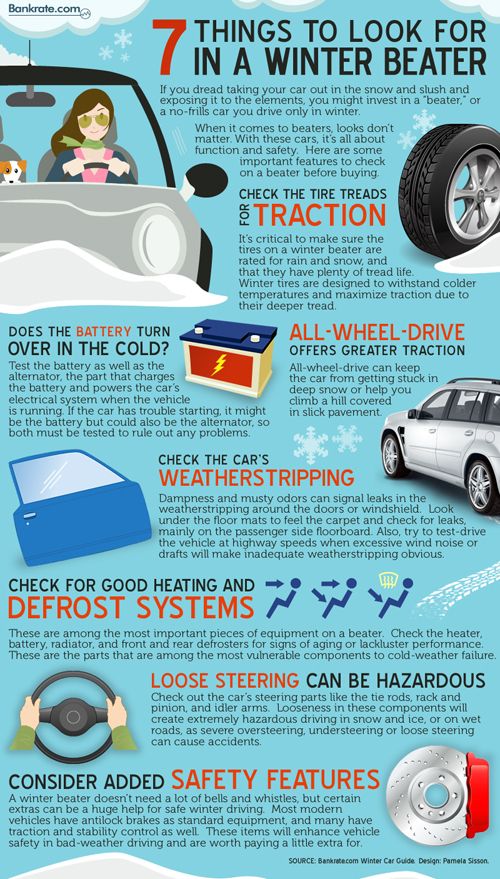 If you lose all the traction on your back wheels, like you do intentionally for skidplate racing, your car starts driving like it’s on roller skates.
If you lose all the traction on your back wheels, like you do intentionally for skidplate racing, your car starts driving like it’s on roller skates.
So! How do you decide which winter shoes to buy?
Studded tires are an option in the winter. These are winter tires that have metal studs embedded within the tread, and they physically dig into ice and give better traction than anything else. The problem is that just as these studs dig into ice, they would dig into pavement, too, and actually damage road surfaces. That’s why some states only allow the during certain months of the year and others ban them altogether. Check with your state to see if and when studded tires are allowed.
Winter tires are legal everywhere, so that’s what we’ll focus on here.
There are two types of winter tires available: studless and performance. Before you start shopping, you should figure out which best fit your needs. What are your driving priorities?
If you’re someone who needs to drive every single day and it is imperative that you be at work, snow or no snow, then you’re probably better off with a studless winter tire, the more aggressive of the two. If you tend to drive when the roads are cold as hell but more or less clear and dry, then a performance winter tire is most likely best.
If you tend to drive when the roads are cold as hell but more or less clear and dry, then a performance winter tire is most likely best.
Studless tires are best for when winter is at its worst. These tires have maximum snow and ice traction and are made from a special type of winter compound that provides traction on whatever the texture of the road surface might be. They are designed to grip both the snow and the thin layer of water that usually accumulates in the tire’s footprint.
The colder it gets, the better they work relative to performance winters or all-seasons. Their compromise is that in milder weather, they’re not your best choice.
Performance winter tires are still designed to be used in icy and cold conditions, but they are ideal for clear roads and warmer days. They’re better in the wet and dry, plus they feel better to drive on. Moreover, they have a higher speed rating than their more extreme studless cousins. Performance winter tires won’t have the same bite as studless tires do in the snow, but if, say, you live in a city and don’t drive huge distances every day and still want a nice winter tire in case you get caught in a snow storm, then performance winters are probably your best option.
One last thing to look for is the Three-Peak Mountain Snowflake symbol on the sidewall of a winter tire, usually located closer to the rim edge. It looks like this:
The symbol is branded on tires that pass a standardized traction test. It used to be that only winter tires had this symbol, but now some all-seasons have them as well. Keep that in mind when tire shopping. Just because an all-season tire is branded, it still won’t perform as well as a branded winter tire in low-traction conditions.
The M+S symbol means that the tire was also designed to perform well in moderate winter conditions.
If you’re buying a new set of wheels and tires, you should check what your car was originally offered with from the factory to make sure you keep things consistent. Using the same tire size as the OEM is typically the best choice.
You don’t always have to do that, though. For example, if you have 18-inch wheels on your car, but the base model came with 17-inch wheels, you can definitely minus-size your wheels and tires because the car came from the factory designed to utilize the smaller size. You’d probably save some money that way, which is nice.
You’d probably save some money that way, which is nice.
More importantly, driving through snow with narrower tires actually helps prevent you from getting stuck, Rogers pointed out. Narrower tires means there’s less snow to push through, so less resistance. “With wider tread, you’re more likely to start snow plowing or floating on top of the surface instead of pushing down and through,” as Tire Rack has previously explained. “This floating will result in loss of traction sooner than with a thinner or narrower option. A good way to picture this is imagine a pizza cutter slicing through a pizza.”
To determine what size tires to buy for your car, consult the placard in the door jam, usually located on the driver’s side.
One thing to keep in mind here is that you should keep the overall diameter of the wheel and tire together consistent with what the car first came with. Various aspects of the car are calibrated based on this diameter (traction control, speedometer, etc. ), so messing with that without first properly doing research can be harmful.
), so messing with that without first properly doing research can be harmful.
Luckily, companies like Tire Rack have databases filled with different wheel and tires sizes from all kinds of different cars. Now, you can go onto the website, specify what kind of tire you are looking for, enter the make and model of your car and see what options have been tested to fit what you need.
Usually, the recommended tire pressure in PSI for winter tires is the same as for other tires. That handy little placard in the door jam will also tell you the advised tire pressure for your tires, but you can also consult your owner’s manual as well.
Sometimes, your manual will recommend you to go with a slightly higher tire pressure, as this can help with the handling and fight off fluctuations in air pressure.
Rogers explained that for every drop in 10 degrees in air temperature, the tires drop one PSI. On top of that, tires on average will lose one PSI for every month you drive your car.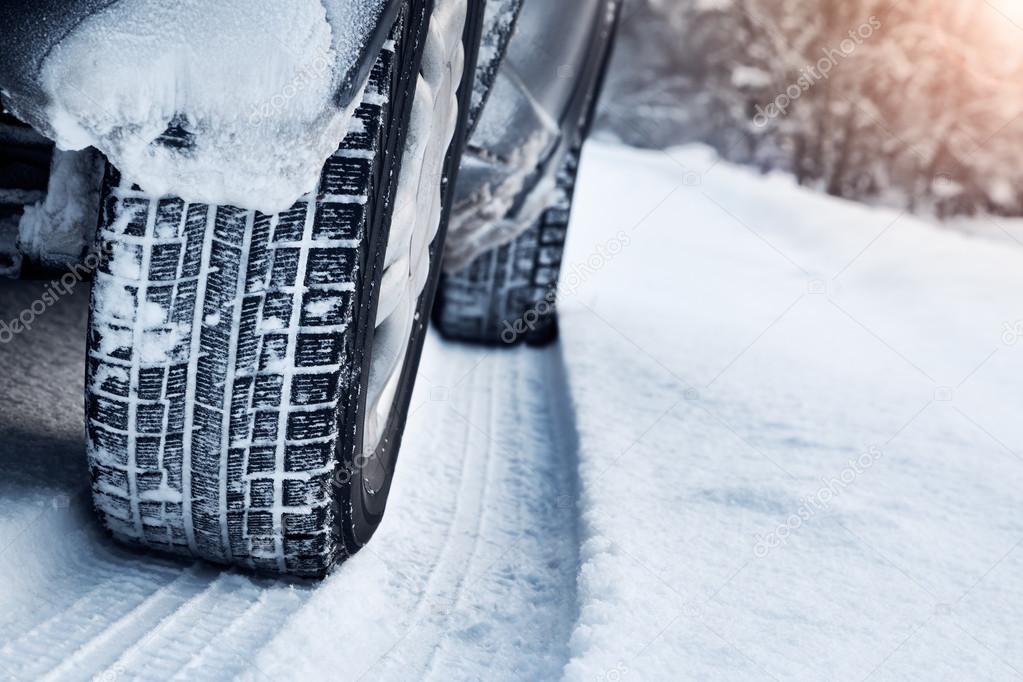 So, if you put your snow tires on your car on November when it was 50 degrees outside, a 10 degree day in January means that you’ve already lost about six PSI in your tires.
So, if you put your snow tires on your car on November when it was 50 degrees outside, a 10 degree day in January means that you’ve already lost about six PSI in your tires.
In a perfect world, we’d have a tire that would be grippy and sticky in the summer, great in the wet and an absolute monster in the snow and ice. As is the nature of things, you can’t have it all, which is why all-season aren’t particularly good at either thing.
“A tire that is designed to withstand the heat of the summer,” cautions Rogers, “cannot also be optimized to work well in the winter.”
Winter tires, though incredible in the snow and ice, admittedly aren’t as good in cold and dry braking conditions. In the dry, the all-seasons are as good or better. But! The reckoning comes with the wet conditions. That’s the trade off for top-tier snow and ice traction.
“The best winter tires do a good job at managing that trade off,” Rogers adds.
Rogers’ personal go-tos for studless tires are the Bridgestone Blizzak WS80s, though the Michelin Xi3s are a close second. They’re not quite as good on snow and ice, but they’re better in the wet and dry.
They’re not quite as good on snow and ice, but they’re better in the wet and dry.
For performance winters, he recommends the Pirelli Sottozero 3s and the Michelin Pilot Alpin PA4s.
Keep an eye out for the shops that will offer to modify a tire’s tread pattern and claim to increase its snow traction. Steve Carpino, Pirelli’s senior consultant of product design and development, warns that these alterations should not be done to any tires, ever. Tires have been designed by their manufacturer to perform the best from the factory. Tractionizing a tire for ice is a real thing, but it basically entails chopping up your tire. It has severe tradeoffs, like how long the tire lasts (or doesn’t.) If you’re going flat out on a rally stage or a frozen ice race, great. If you’re just driving around, your tire is going to die.
I get why people don’t always buy winter tires. It takes time and money to buy them in the first place and get them mounted each winter. Plus you have to store them when you aren’t using them. (This does does help increase the longevity of your other set of fair weather tires, it should be noted.) All in all, it’s not terribly convenient.
Plus you have to store them when you aren’t using them. (This does does help increase the longevity of your other set of fair weather tires, it should be noted.) All in all, it’s not terribly convenient.
But what you get back is peace of mind and safety. I just returned from driving an all-wheel drive Volvo on a set of all-seasons in the snow last weekend. It was fine in a straight line, but when any kind of sudden braking or turning happened, the car shuddered or just swung its tail out. Not good.
That kind of thing makes you feel nervous and timid whenever it snows. Of course, you should always be cautious when driving in adverse conditions, but the security that comes with having a good set of winter tires helps you free up some of your mind so you can drive even more safely. The difference in feel is something that you have to experience to believe, and you’ll kick yourself for not buying them sooner once you get your first set.
As with everything else you do for your car, you should research, research, research beforehand. Research the best tire, read reviews and look up tests. Certain OEMs have tire recommendations of their own, especially if they are like Porsche or Mercedes and offer high-performance models.
Research the best tire, read reviews and look up tests. Certain OEMs have tire recommendations of their own, especially if they are like Porsche or Mercedes and offer high-performance models.
I won’t BS you: It takes time, but it’ll be worth it.
Winter tires are like comfortable boots, but unlike human shoes, they are used not so much for comfort as for safety. Such tires are designed specifically for use in cold weather - at a temperature not higher than + 7 ° C. Compared to summer tires, winter tires do not tan or deform in cold weather.
Experienced car owners know that it is worth changing tires when the temperature drops to +5◦C. As a rule, this is the end of October - the beginning of November. It is more logical to purchase a set of winter "equipment" in the summer: at this time the most affordable prices are offered. Pleasant discounts are waiting for you at the end of the season - in February and March.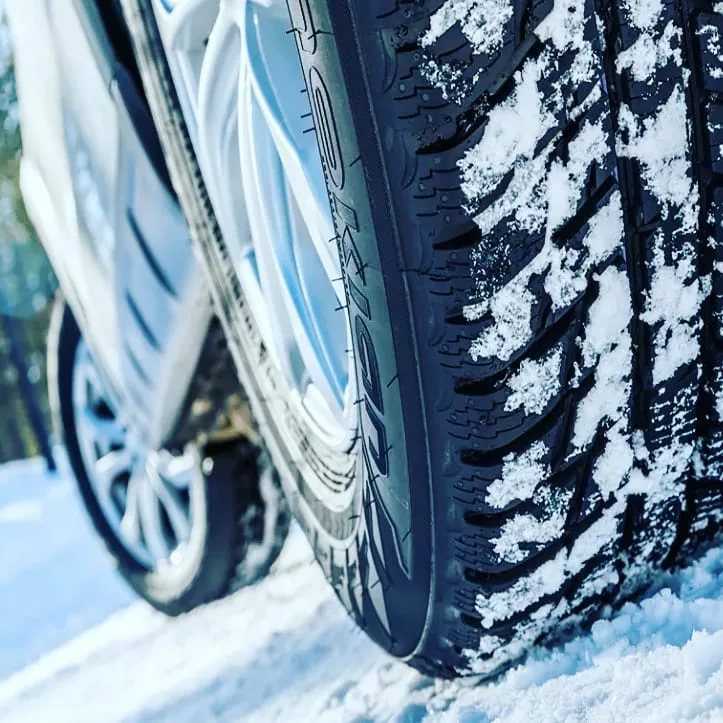
In this article, we will tell you how to choose winter tires for your car, how to know when it's time to change a tire, and what to do to extend the life of the products.
Determining that you need a new set of tires is easy. Pay attention to:

The studded tires are leaders in ice and snow. Thanks to the spikes, the tires effectively break the ice, are securely fixed on the road and do not allow the car to skid. However, it is extremely inconvenient to conquer asphalt on such rubber. Studded tires contribute to the rapid destruction of the road surface, so they are recommended for car owners who often travel over rough terrain. Winter studded tires significantly reduce the stopping distance of a car on ice.
The disadvantages of studded models include the following:
Non-studded tires provide optimal grip on wet or snowy surfaces. The choice of winter non-studded tires depends on the operating conditions of the car. For regions with frequent rain and sleet, European type tires, and for areas with snowfall - Scandinavian tires. European models are distinguished by an extensive system of drainage channels and the presence of powerful lugs. The advantage of the Scandinavian type is a sparse tread pattern (rectangles and rhombuses). Non-studded models have one drawback - they are not designed for use on icy surfaces.
European models are distinguished by an extensive system of drainage channels and the presence of powerful lugs. The advantage of the Scandinavian type is a sparse tread pattern (rectangles and rhombuses). Non-studded models have one drawback - they are not designed for use on icy surfaces.
Are you looking for winter tires and wondering: studs or Velcro? Analyze the conditions of use of the machine. For the city, it is better to choose silent non-studded options that demonstrate excellent performance when driving on dry and wet surfaces. And if you use a car in a rural area, then you should prefer practical studded models.
There is also a third group of tires - all-weather tires . Motorists call this type a "compromise" between studded and non-studded tires. All-season tires, without a doubt, are suitable for a mild European winter. In the harsh Russian winter season, they are unlikely to live up to expectations, although they are designed for a temperature range from +20◦С to -5◦С.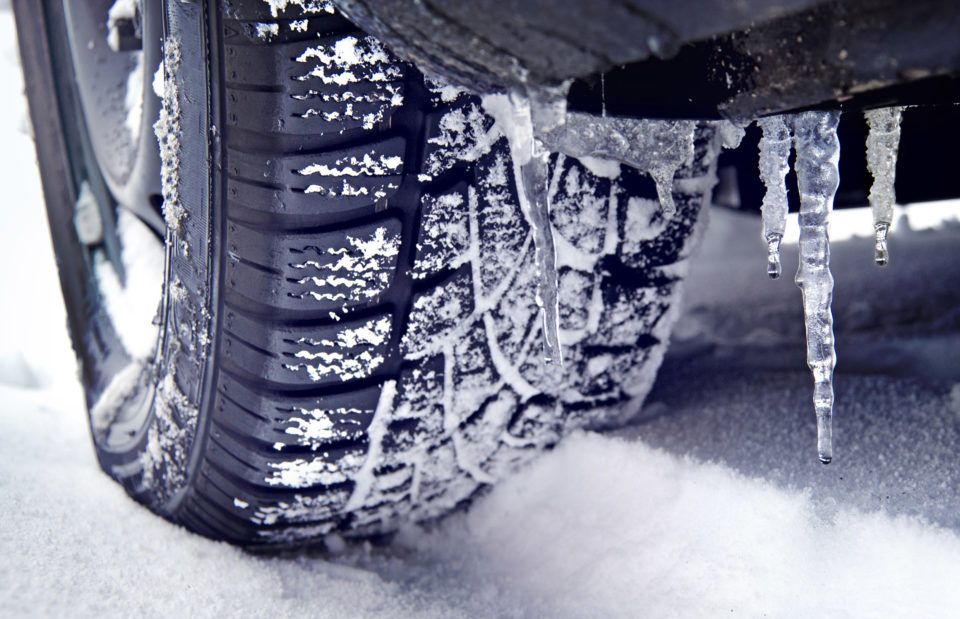
When you decide on the type of tires, you should pay attention to the following parameters:
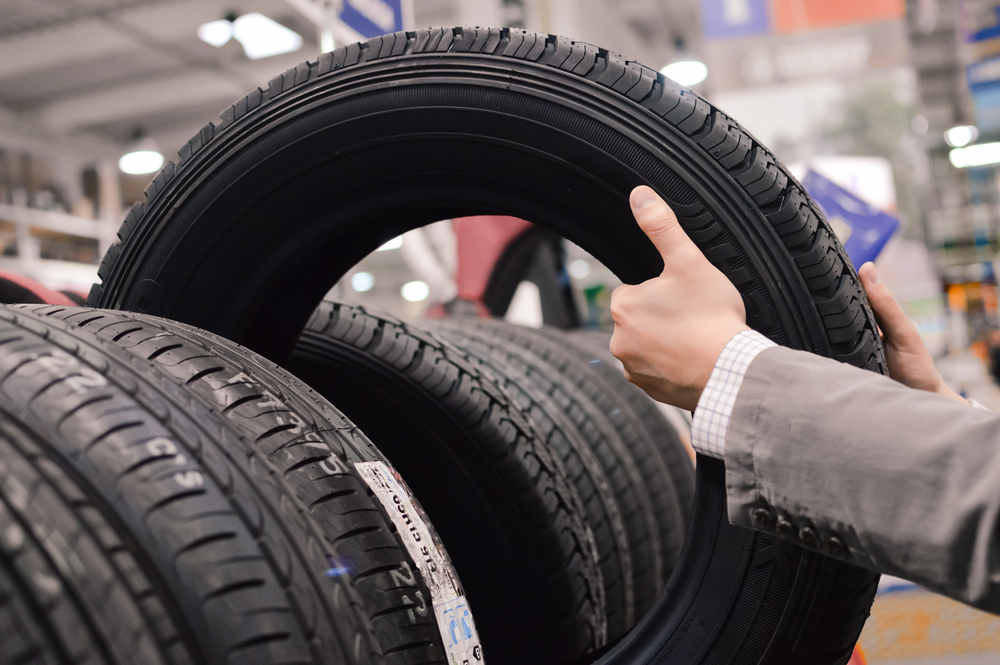 However, these models are significantly more expensive than analogues.
However, these models are significantly more expensive than analogues. 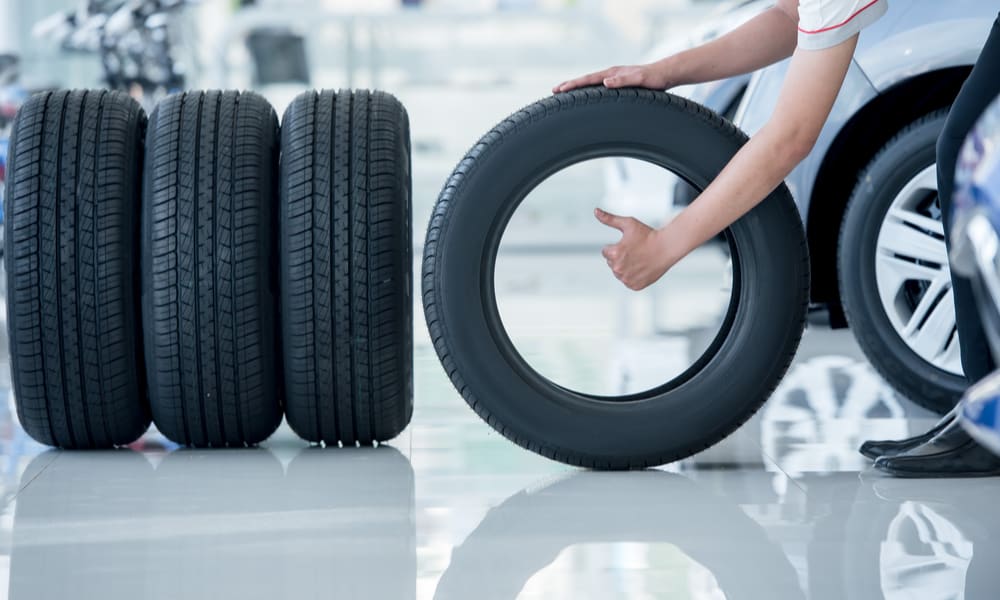
Experts recommend following simple rules when buying and operating tires:
If you have any questions about the purchase, storage and operation of tires, please contact the experienced specialists of authorized technical centers Peugeot FAVORIT MOTORS. Qualified masters who have been certified by the manufacturer will advise you and help you choose the right tires for your car.
adv.rbc.ru
adv. rbc.ru
rbc.ru
adv.rbc.ru
Autonews
TV channel
Pro
Investments
Events
+
New economy
Trends
Real estate
Sport
Style
National projects
City
Crypto
Debating Club
Research
Credit ratings
Franchises
Newspaper
Special projects St. Petersburg
Petersburg
Conferences St. Petersburg
Special projects
Checking counterparties
Library
Podcasts
ESG index
Policy
Economy
Business
Technology and media
Finance
RBC CompanyRBC Life
adv.rbc.ru
adv.rbc.ru
Read also
Already in a few weeks the European part of Russia will be covered by the “tinker's day”. Weather forecasters warn of the arrival of night frosts and the first snowfall. For motorists, this means it's time to change the way you drive and prepare your car for winter. You need to start with the most important thing - choosing high-quality winter tires. And this also applies to those drivers who have recently bought a new car and have not yet driven it in winter, and those whose old set of tires has already noticeably worn out and needs to be updated.
For motorists, this means it's time to change the way you drive and prepare your car for winter. You need to start with the most important thing - choosing high-quality winter tires. And this also applies to those drivers who have recently bought a new car and have not yet driven it in winter, and those whose old set of tires has already noticeably worn out and needs to be updated.
Tires should be chosen responsibly. High-quality winter tires are confidence, comfort and, most importantly, safety. On slippery and unpredictable surfaces, every meter of braking distance is important, so it’s better to give preference to proven brands and look at the new season. On the example of new models from MICHELIN - X-Ice North 4 and X-Ice North 4 SUV - we will understand the nuances of changing tires.
adv.rbc.ru
Ice or snow falling at night is not the best signal to go to the tire shop. It is better for motorists to prepare for worsening weather conditions in advance, that is, on the day winter arrives, good winter tires should be installed on the car.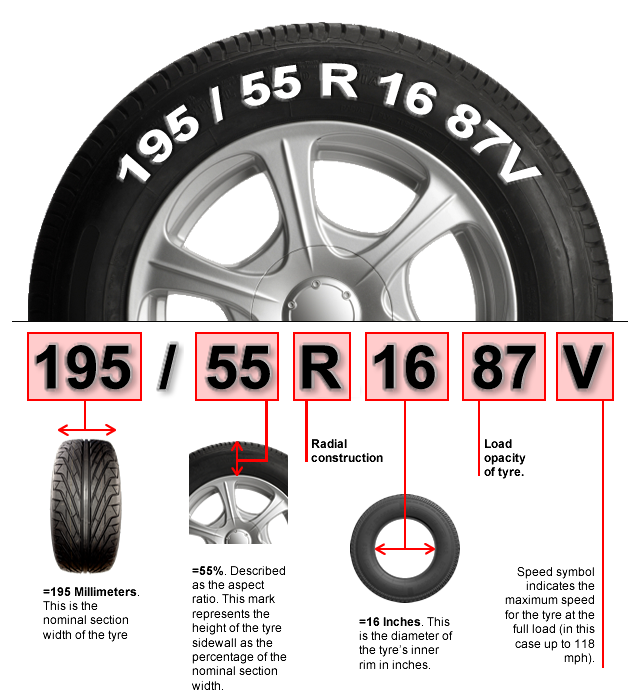 In order not to miss the moment and do everything on time, you should now carefully monitor the air temperature.
In order not to miss the moment and do everything on time, you should now carefully monitor the air temperature.
Experts recommend going to the tire shop when the average daily air temperature drops to plus seven degrees Celsius or below. Winter tires, even in the absence of snow and ice, behave much better - they do not tan in the cold and provide the best grip on the road.
For example, the MICHELIN X-Ice North 4 and X-Ice North 4 SUV tires have a new tread pattern with wider sections. Thanks to this, the tire is stable not only on snow and ice, but also on dry and wet asphalt.
This is an eternal question that worries all Russian motorists. However, the largest tire manufacturers, including MICHELIN, recommend paying attention to studded tires. Only they, given the difficult Russian climate, can provide maximum driving confidence, regardless of the road surface. The Michelin company even calculated that today 77% of sales in Russia as a whole are accounted for by winter studded tires. As for the owners of crossovers and SUVs, more than 70% of them prefer studded tires.
As for the owners of crossovers and SUVs, more than 70% of them prefer studded tires.
The MICHELIN X-Ice North 4 and X-Ice North 4 SUV models use 250 and over 300 studs per tire, respectively. It is the spikes on slippery surfaces that provide the best grip on the surface, reducing the braking distance, preventing drifts and skids, and also helping the car to accelerate at the right time without unnecessary slipping.
Manufacturers are improving their models of studded tires every year, including reducing the noise level. Michelin has managed to achieve impressive results in acoustic comfort with the help of a special mathematical program. It was she who helped determine the optimal placement of the studs in such a way as to find the perfect balance between grip and noise level.
A few years ago, 250-300 studs in one tire meant a complete lack of acoustic comfort, but now everything has changed for the better. X-Ice North 4 and X-Ice North 4 SUV are good on any type of surface and do not irritate with excessive noise.